
Every shopping trip is a gamble now, as tariffs threaten to reshape your pantry and wallet. Most shoppers don’t realize that half the products in the supermarket, some 40,000 items, could get pricier, not just from direct tariffs, but from ripple effects on ingredients and supply chains.
The hurt is real: Seven in ten Americans believe tariffs have increased prices, and fresh produce can surge more than 5% this summer. This article cuts through the noise to feature eight foods you should buy and stockpile before tariffs hurt the most, because timing is everything.
1. Meat and Seafood
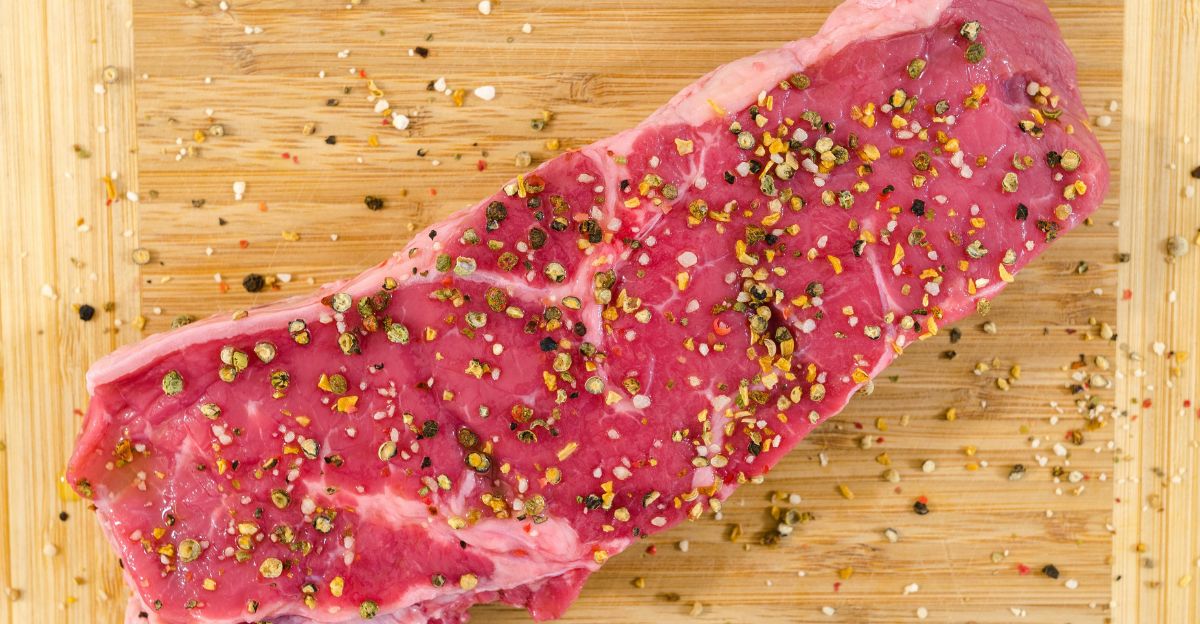
Meat and seafood imports are highly tariff-sensitive, with Canada and Mexico supplying a large share of U.S. consumption. Beef, poultry, and shellfish are especially vulnerable. Freezing them extends shelf life, and vacuum-packed cuts may be edible for a year or more.
The psychological impact of meat shortages runs deep. Meat symbolizes prosperity and comfort. By stockpiling now, you are saving money and ensuring access to good protein in a market where prices could double overnight.
2. Canned Vegetables
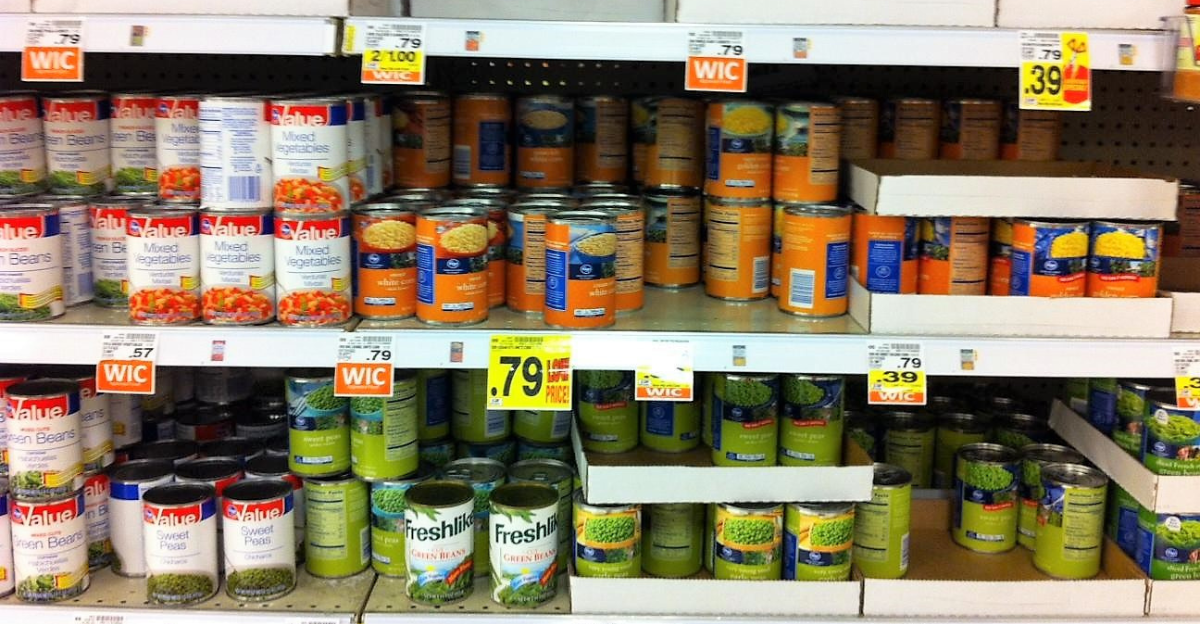
Canned vegetables are going up 3% because of tariffs on imports and packaging. Fortunately, they do provide basic nutrients and have a long shelf life. They are one way to hedge against uncertainty! The comfort of stocking up, especially for families on a budget, cannot be overstated.
You can also rest easy with a stock of canned items, especially for those apprehensive in an era of tightening supply chains and increased prices. You can store canned beans, corn, or tomatoes. There are plenty of yields; you don’t need to run short. It is a simple, low-risk hedge against the fluctuations to come.
3. Rice
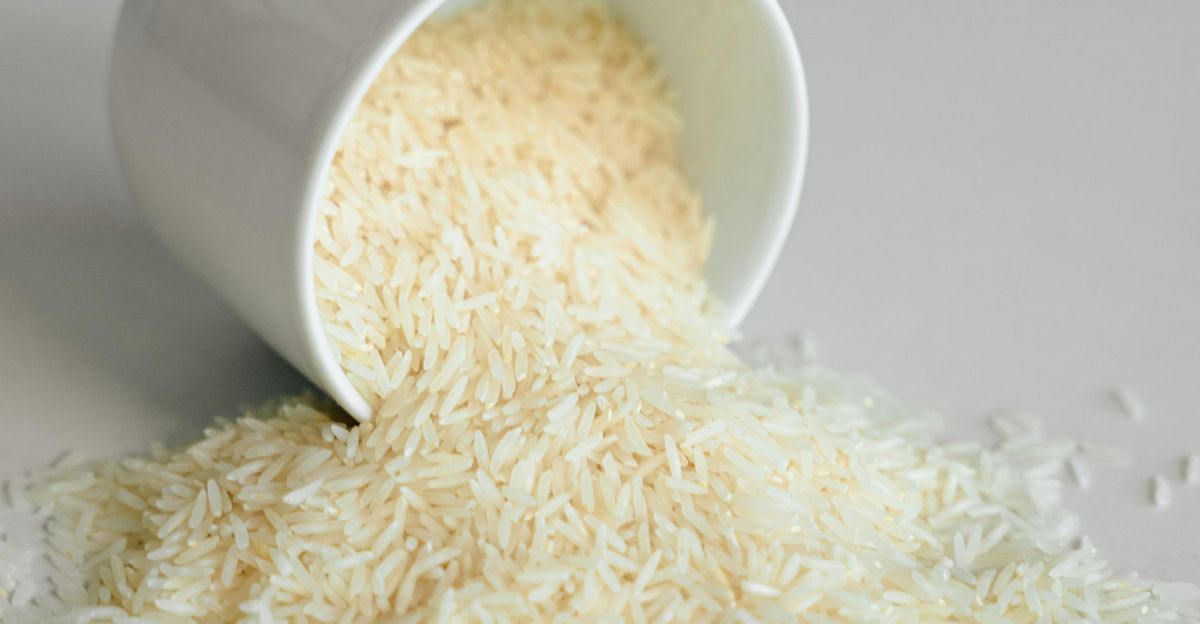
Rice prices have already increased 23% in some markets in expectation of shortages and supply chain disruptions. Tariffs also threaten this staple, a staple of diets worldwide. Rice is calorie-dense, easy to store, and versatile, making it a fundamental component of any stockpile.
Recent demand spikes and price fluctuations only indicate the need for speedy action. Appropriately storing food in airtight containers away from heat and moisture will help preserve your investment, and you’ll have a food supply you can rely on as the market contracts.
4. Nuts
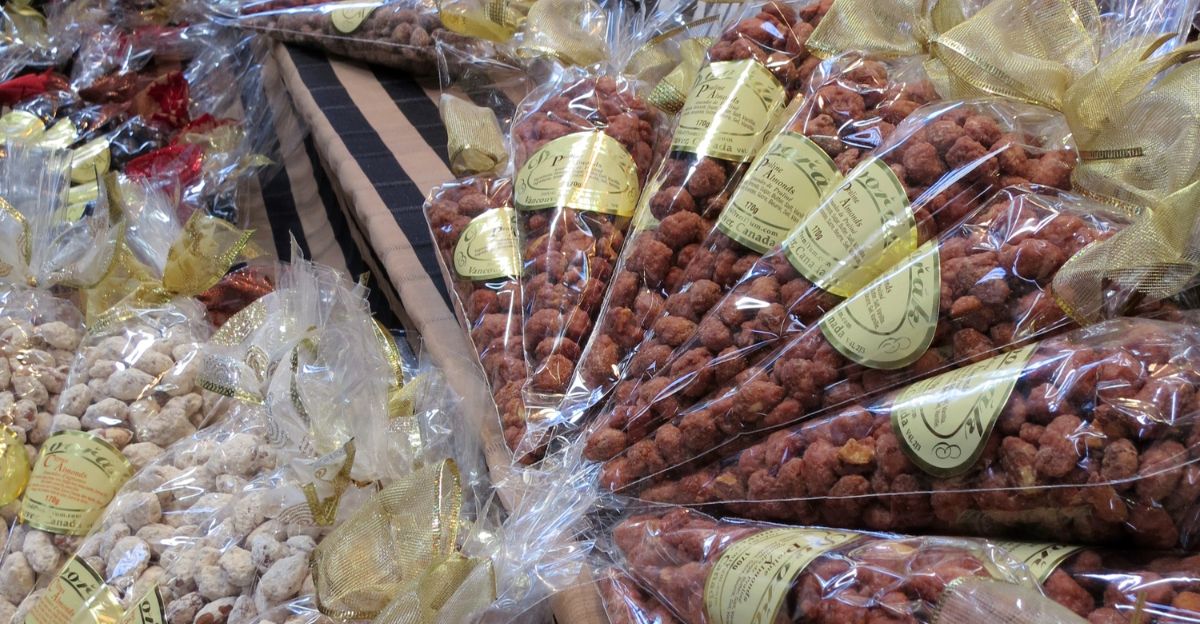
Key suppliers impose high tariffs on nuts such as cashews, pecans, and macadamias. Vietnam, Ivory Coast, and Brazil, at rates up to 46%. These healthy snacks are expensive enough already, and further price hikes will make them out of reach for many.
Nuts are nutritious, long-lasting, and energy-dense, making them ideal for hoarding. The psychological effect of being denied the enjoyment of favored snacks is real, but the utilitarian benefit of having a protein-rich food source is an even bigger attraction. Buy now while prices are still affordable.
5. Cheese
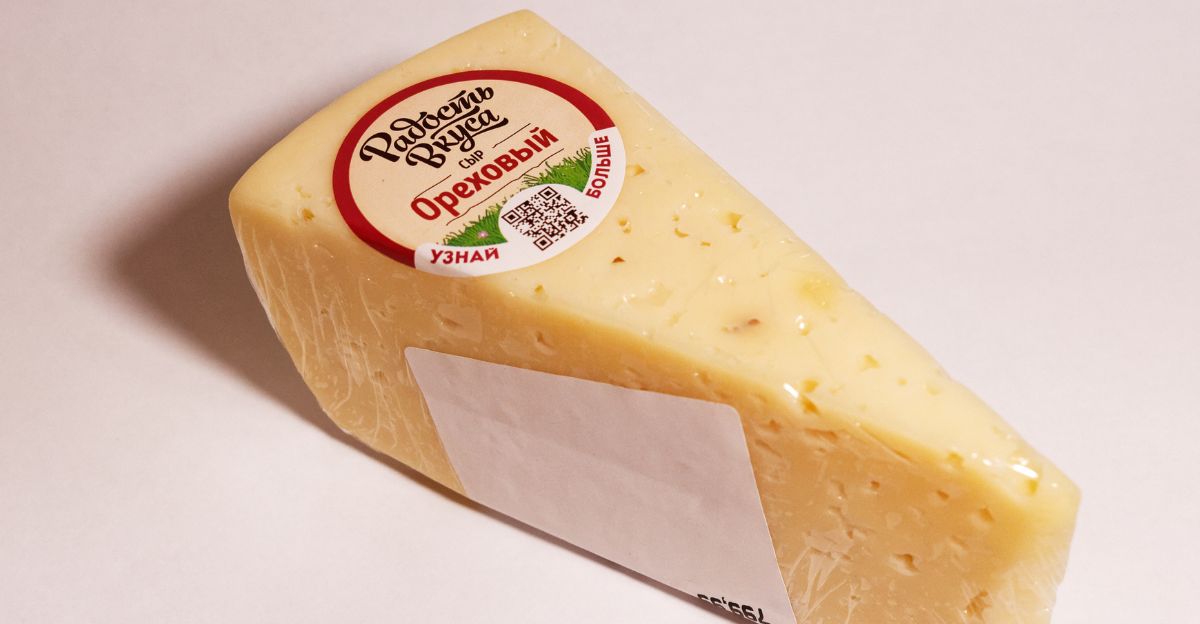
European and North American cheese will soon cost more, with up to a 20% tariff applied to cheese from Italy, France, Spain, and the Netherlands. Cheese is an easy, high-protein food that adds taste and nutrition to meals.
When prices rise, families may need to make cutbacks, but those buying now can gain from continued access. The dairy sector is most sensitive to trade policy, and the present tariff direction can disrupt supply for months. Don’t wait until the empty shelves; act now to stock up on your favorite cheeses.
6. Olive Oil
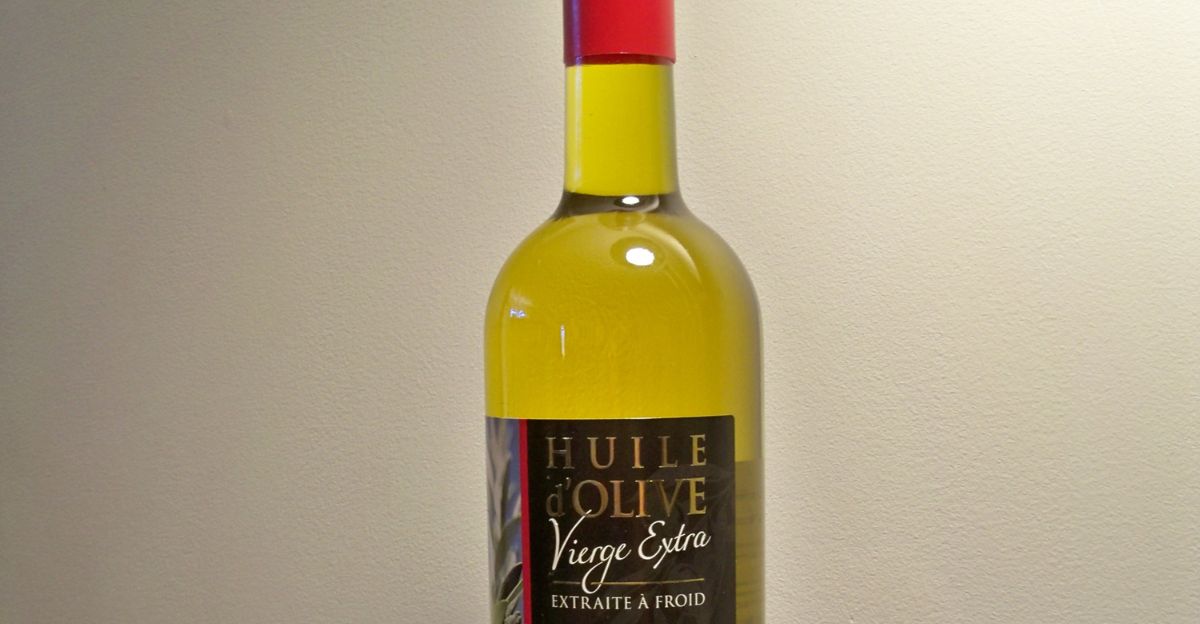
According to industry experts, olive oil prices have already “gone through the roof,” and tariffs on European imports will only exacerbate the issue. Olive oil is a pantry staple with a shelf life of many months and widespread health advantages.
Oil is a top target for stockpiling due to the combination of weather-induced shortages and fresh tariffs. The psychological security of having a consistent source of oil for dressing, cooking, and more cannot be overemphasized. Stock up now so you don’t have to pay a premium later.
7. Coffee and Chocolate
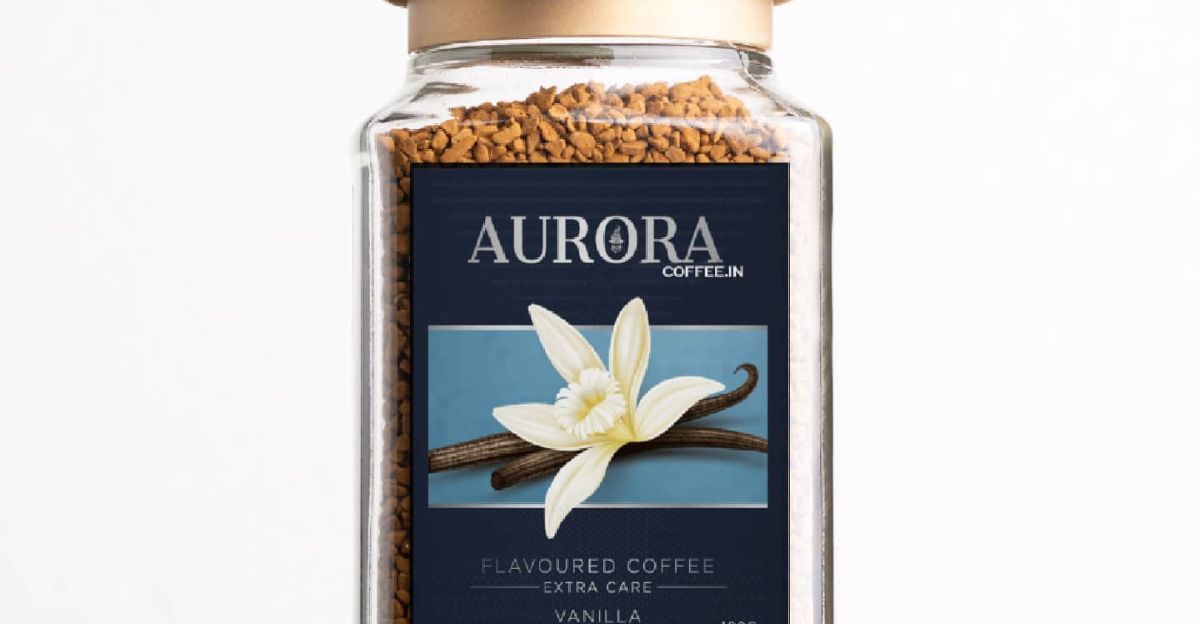
Coffee and chocolate, both import-sensitive products, are preparing for significant price increases. Coffee and beans come from Latin America and Africa. People do not treat chocolate as a classical luxury but weave it deeply into their daily routines and rituals.
As these items increase in cost, many may have to cut back or resort to alternatives. Stockpiling coffee and chocolate now is a way of ensuring that you will be able to appreciate these little luxuries even as the market constraints increase.
8. Frozen Vegetables
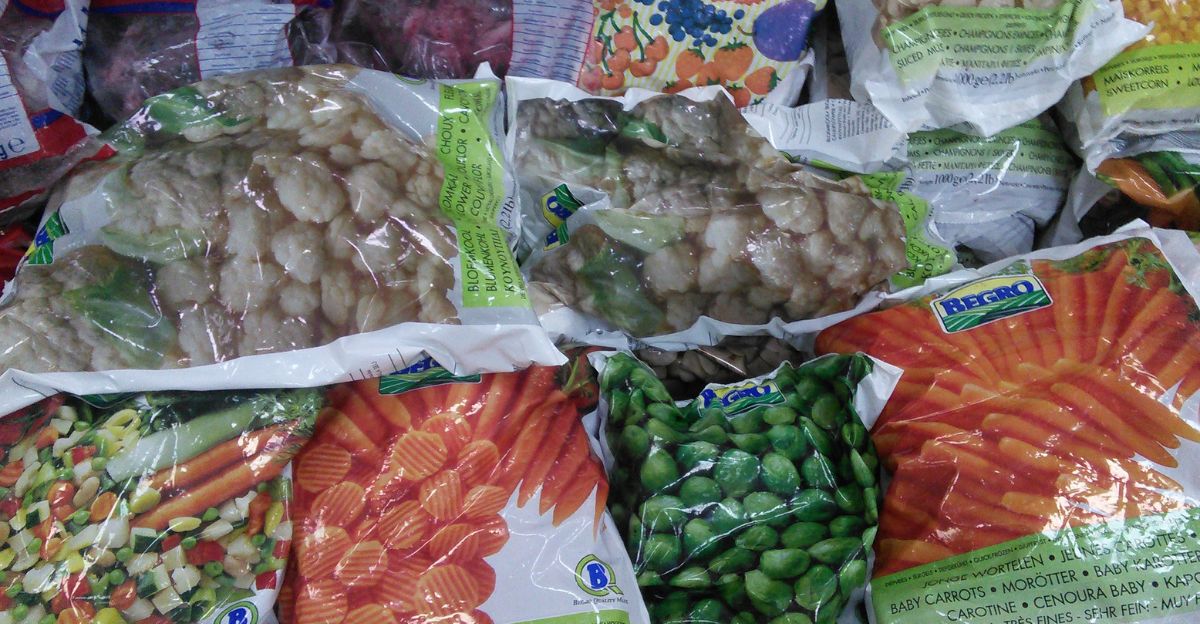
Based on tariffs and supply pressures, Experts project frozen vegetable prices to rise by as much as 3%. These items preserve nutrients well and are convenient and versatile. The freedom to stockpile frozen items is a hedge against price and shortage.
As fresh becomes increasingly expensive and scarcer, frozen assumes more value. Getting a deep freezer and filling it with frozen vegetables is an investment in value that pays dividends in health and expense management.
Understanding the Implications of Current Trends and Planning for Sustainable Future Actions
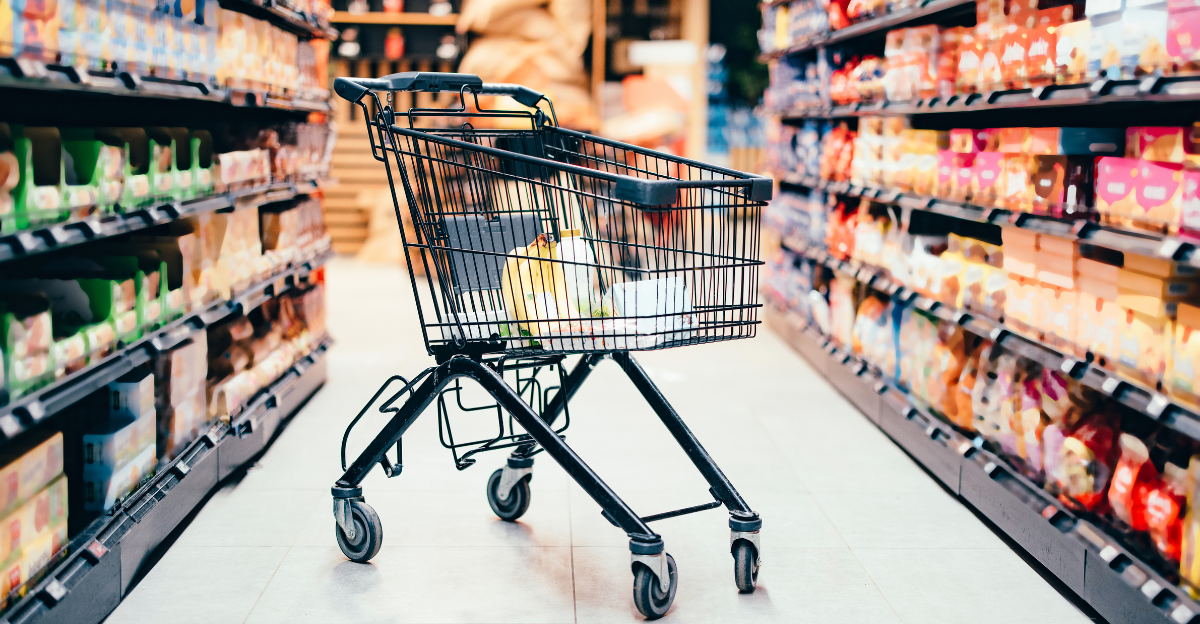
Tariffs negatively impact the grocery industry, and food product shortages or dramatic increases will occur in many categories.
The eight items highlighted here, meat and seafood, canned vegetables, rice, nuts, cheese, olive oil, coffee, and frozen vegetables, are most at risk and worth stockpiling. The psychological and physical benefits of preparedness are self-evident – accruing savings, removing stress, and maintaining nutritionally essential staples.
It is also apparent that trade policy’s overarching significance is a kitchen-table issue, inherently causing families to think strategically about food security. Do not wait for the next shock of a price tag to give you pause; act now.
Peanut butter
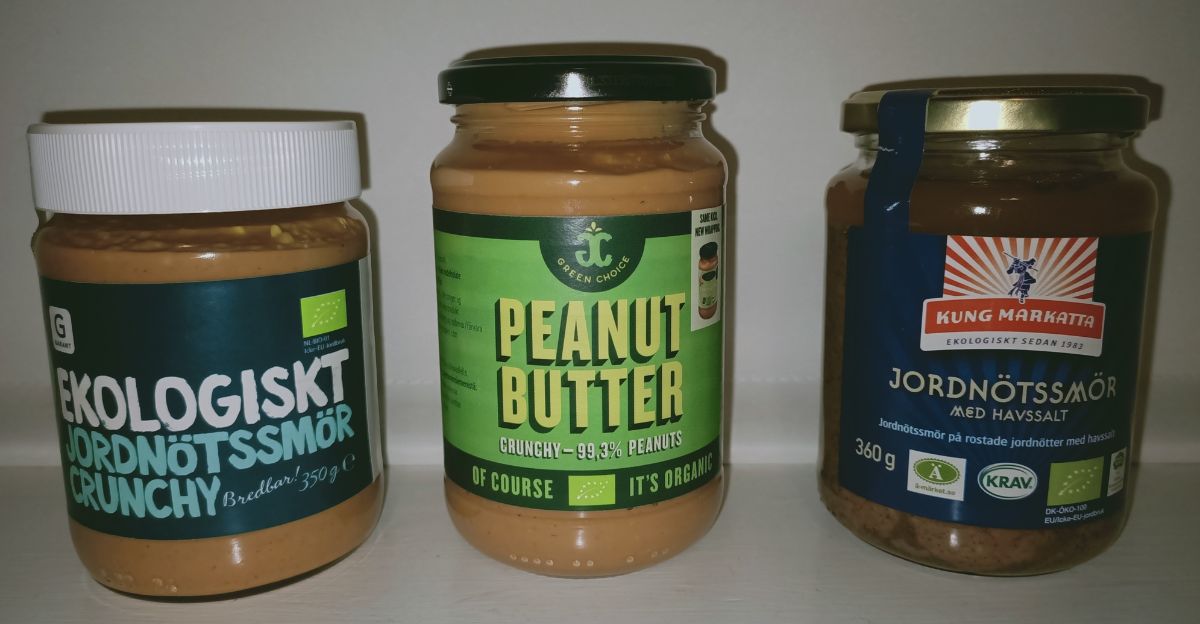
An everyday household staple, peanut butter, once an inexpensive source of protein, now relies entirely on imports from foreign countries for the peanuts and packaging materials that create it. Tariffs will raise prices, and availability will decline, turning peanut butter into an expensive specialty product.
Due to its long shelf life and nutritional density, it is a luxurious distraction for a family. However, the global economy is causing other global suppliers to shift production lines, and your daily meal routine will likely be affected.
Dried fruit
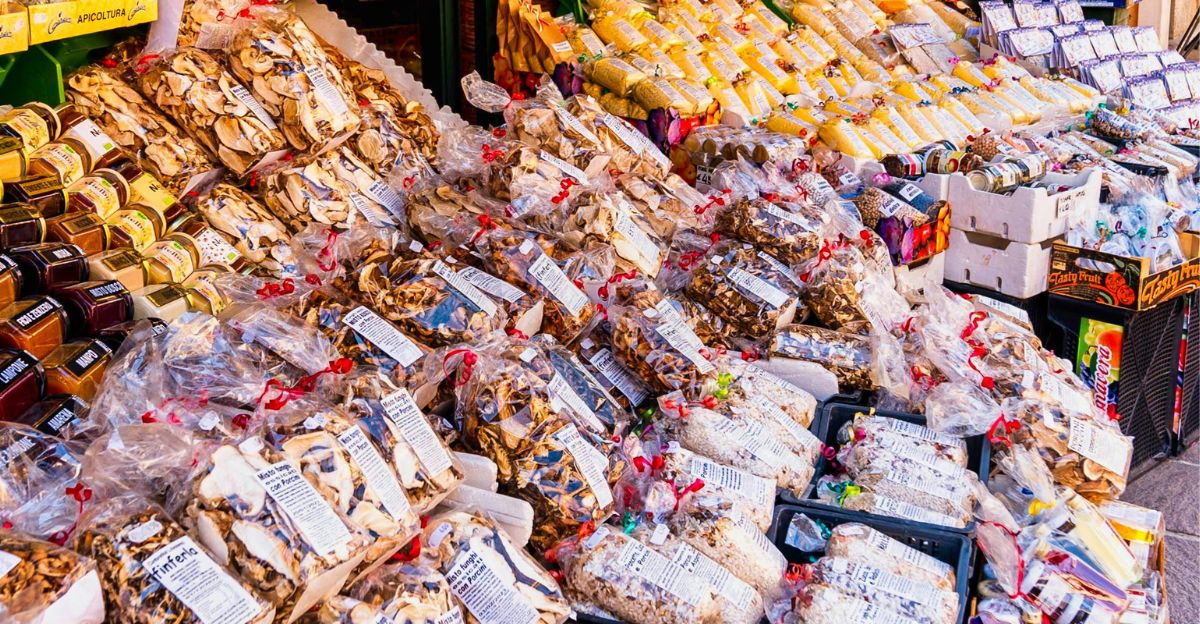
Dried fruit, ubiquitous and edible, is imported from everywhere and is now showing up everywhere, and now it is showing up with tariffs, too. These costs are additive and can significantly increase prices, putting this essential condensed source of nutrients out of nutritional reach and likely in short supply.
Due to its long shelf life, dried fruit is perfect for stockpiling, especially with world supply constraints due to limited world supply.
Soybeans
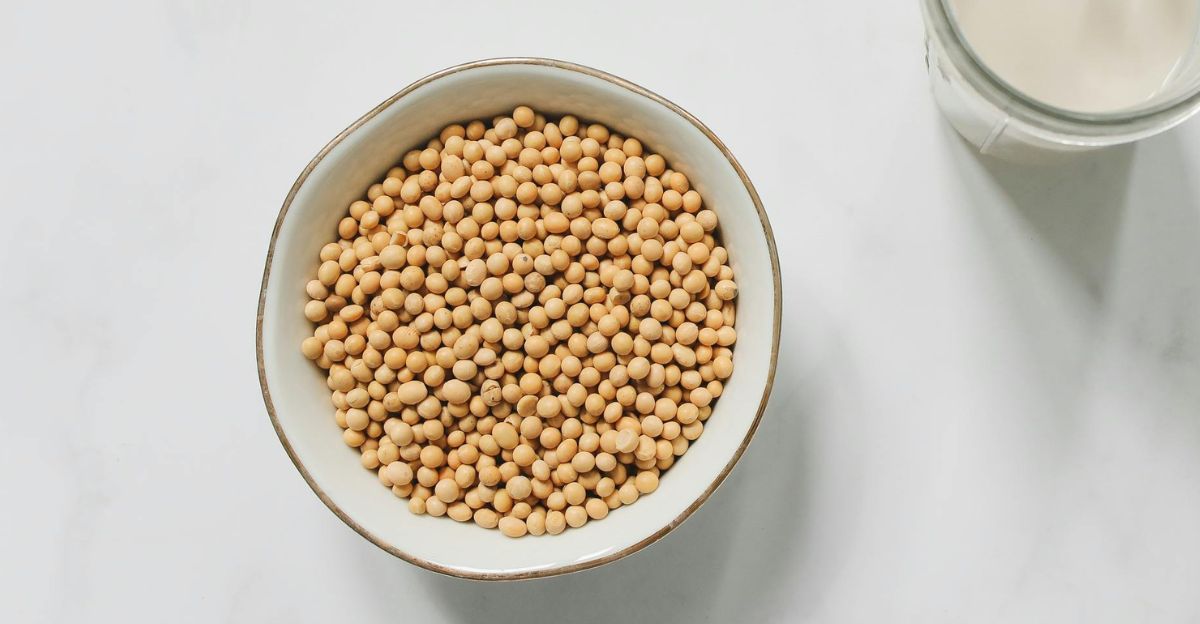
Soybeans are the main ingredient in vegetarian cooking and the source of vegetable oil production. As global trade evolves, so do the various tariffs affecting soybeans’ price and availability.
Once dried, beans and soybeans have an indefinite lifespan and are an excellent option for long-term storage, supply chains, and strategic food reserves. Soybeans’ nutritional profiles are wide-ranging as a food source.
Oats
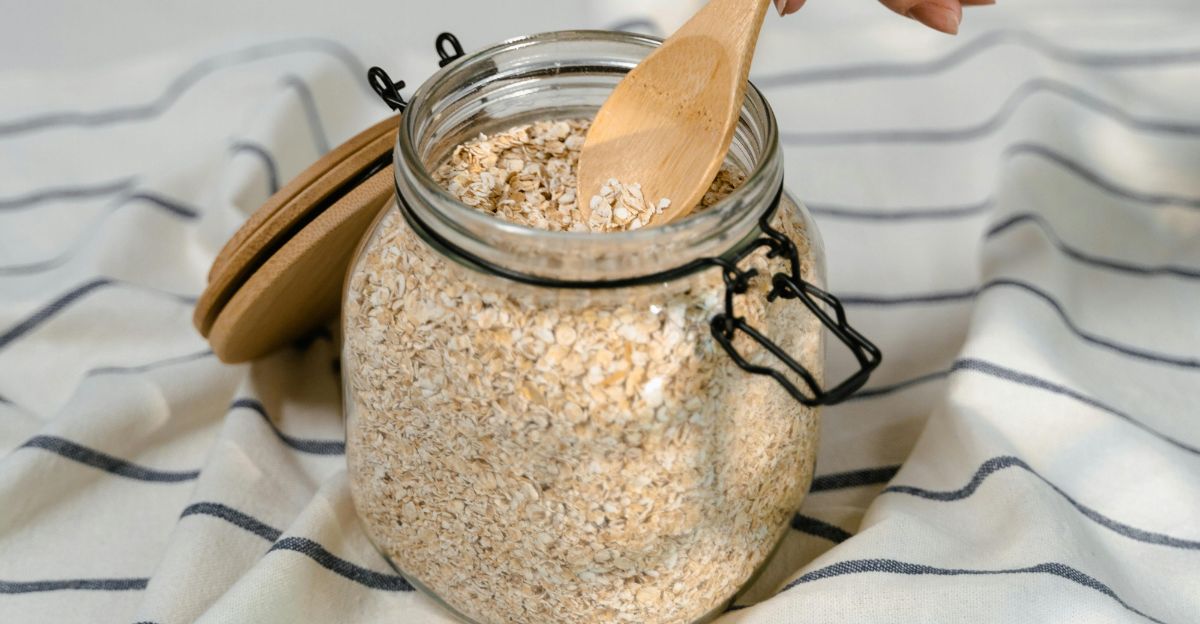
Whether imported or processed with foreign machinery, oats are under siege by tariffs and global supply chain problems. Oats can stay longer and have a very positive nutritional value. Ordering oats as a food staple in times of uncertainty is a wise decision.
Even if the tariffs raise the price of oats, oatmeal, and oat-based food, they are likely to be comparatively very expensive, impacting the cost of feeding people at mealtime. Purchasing your oats supply beforehand allows for a guaranteed supply of these natural, diverse food staples in your kitchen, so it is a timely and sensible decision.
Salt
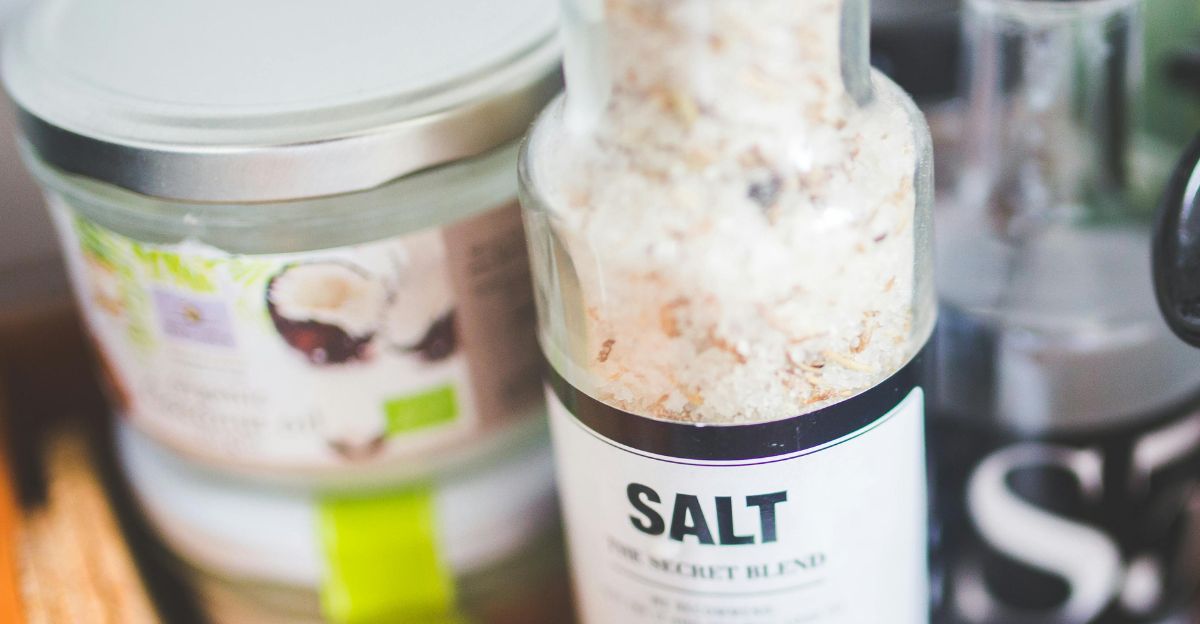
Ordinary but indispensable salt is sometimes imported and taxed for shipping and framing. Its contribution to keeping food fresh and tasting good, and its ubiquitous use in cooking are incalculable.
With tariffs possibly compromising the supply chain and potential added fees, this simple ingredient’s price could surge unexpectedly. With its indefinite shelf life and everyday usage, hoarding salt nowadays ensures you still have access to a basic commodity in your pantry and kitchen.
Canned Fruits
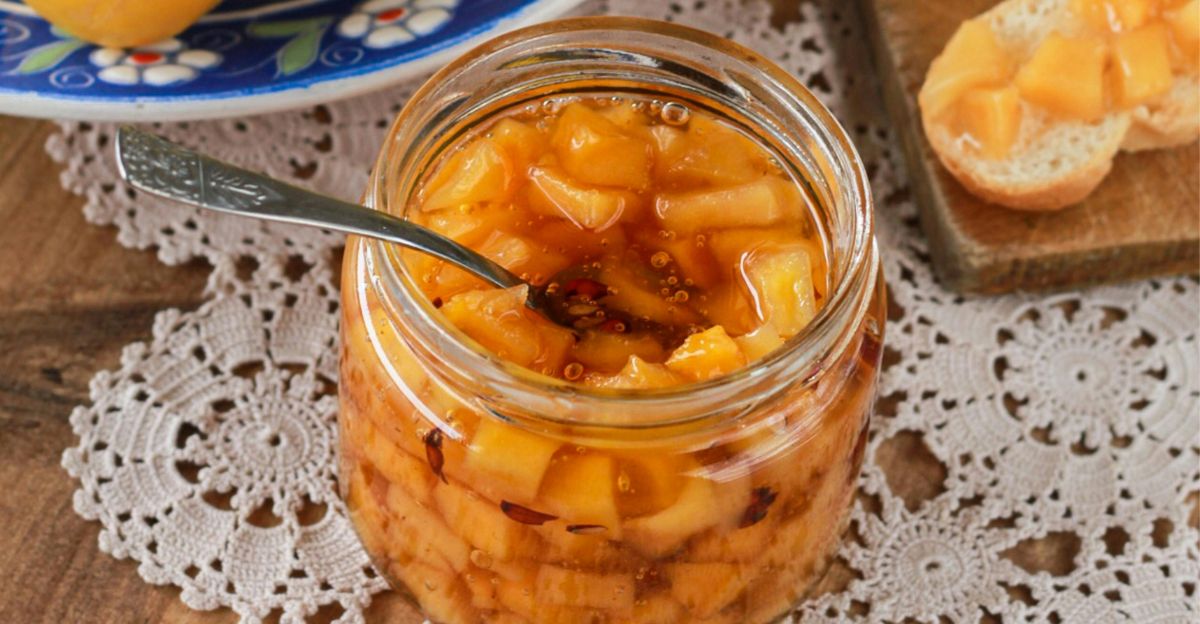
Foreign canned fruits, such as pineapples and peaches, are not only taxed on transport but also on the metal used for packaging. Tariffs increase prices and reduce supply. Canned fruit is a smart buy because of its convenience, high nutritional value, and long shelf life.
Due to the increasing strain on global trade, having stockpiles of supplies gives you access to the ultimate source of fruit, even if the cost of replenishing fresh supplies has increased and is out of reach.
Powdered Milk
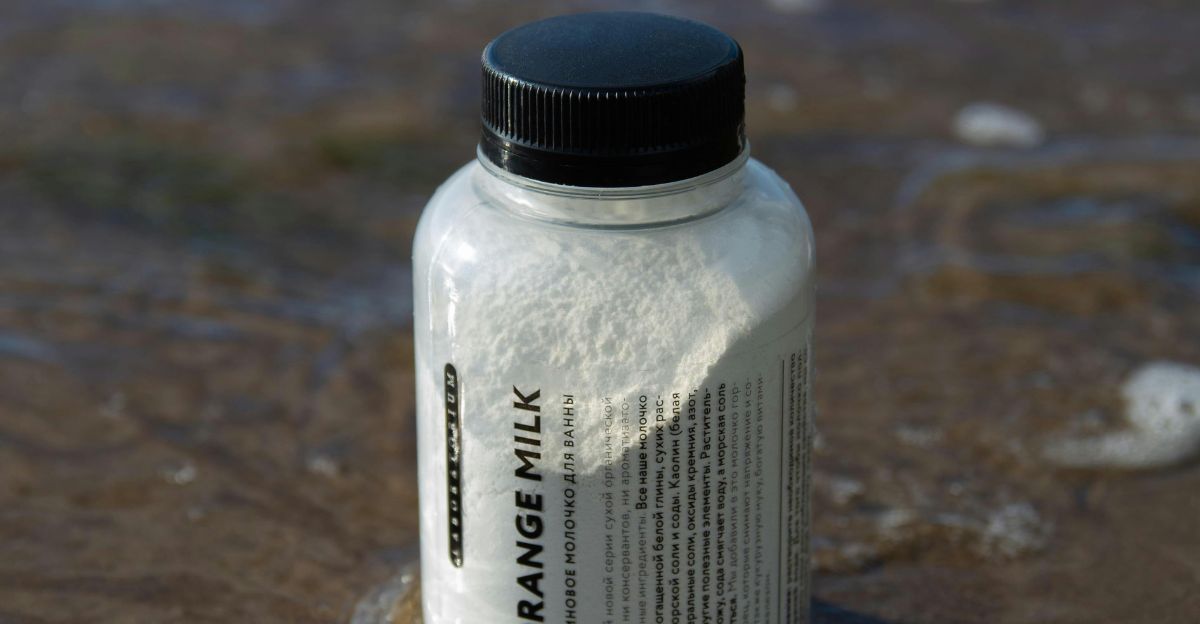
Powdered milk is a significant import with considerable tariffs on other dairy products (like icing sugar) and is an essential factor in food security.
With its storage life and use in cooking, baking, and preparing beverages, it is an essential in any emergency supply cache. Tariffs would increase the cost of powdered milk significantly, making this inexpensive source of dairy nutrition harder to find. By locking in your supply now, you have access to vital nutrients during economic or supply-chain uncertainty.
Honey
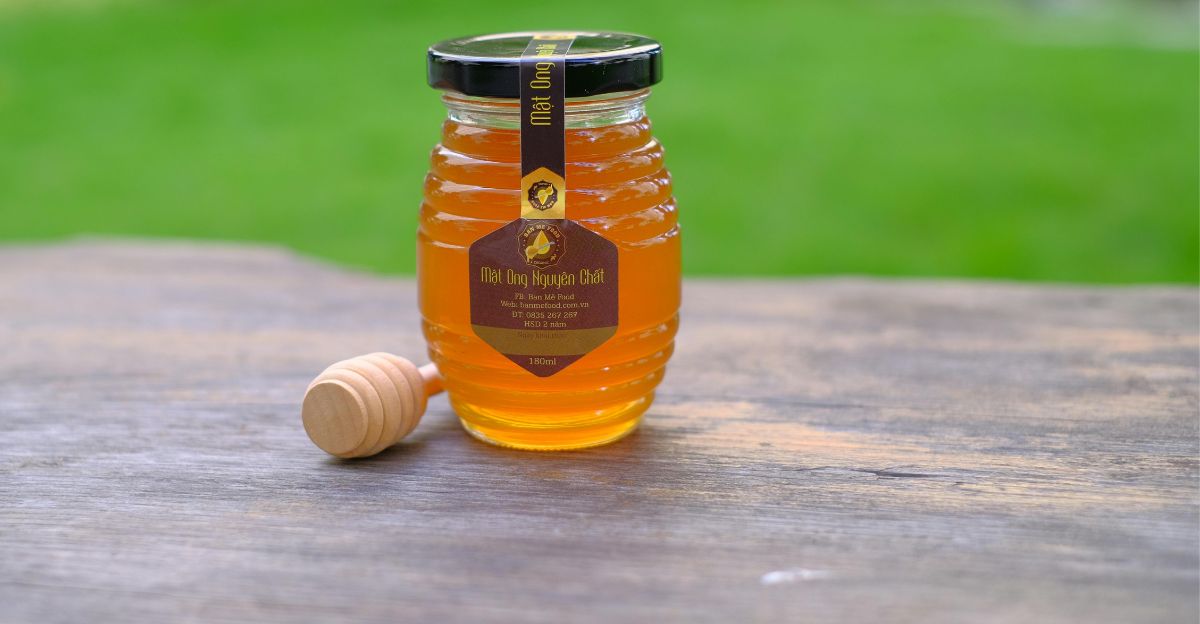
Honey, widely imported from countries such as Vietnam and China, is increasingly affected by unduly high tariffs, which can raise prices and constrict supply.
Known for its natural sweetness, immune-supportive properties, and virtually indefinite shelf life, honey is a valuable addition to any long-term food supply. As tariffs continue to affect global trade, the cost of honey may rise sharply. Stockpiling now ensures a reliable, nutritious, and versatile sweetener during economic or supply chain instability.
Discover more trending stories and Follow us to keep inspiration flowing to your feed!

Craving more home and lifestyle inspiration? Hit Follow to keep the creativity flowing, and let us know your thoughts in the comments below!
